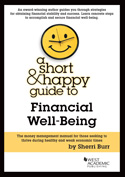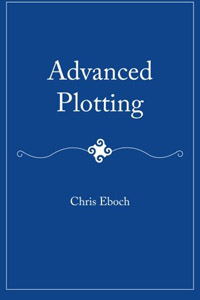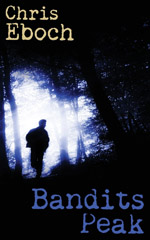by Sherri Burr
Researching people and events can be one of a writer’s greatest challenges. The further back you travel in time, the less likely you are to find people with direct connections to interview about the lives of particular individuals. Writers are thus left to forage out documentary information to compile their stories and analysis from multiple sources.
In 2015, I was blessed to receive a fellowship at Monticello, the home of President Thomas Jefferson, which is now run by a foundation dedicated to preserving his role in history. If Jefferson once owned 200 slaves who labored for his happiness, as he once proclaimed, his Monticello estate now employs 300 individuals who toil for his immortality. Fellows are provided housing on the grounds Jefferson once owned, and given a badge granting after-hours access to a shared office within the Jefferson Library.
After receiving a tour of the library I immediately researched their collection and found thirty books related to my topic on the Free Blacks of Virginia. My fellowship goal was to find enough material to support my book and the chapter I envisioned dedicating to Jefferson’s connections to Free Blacks.
What I knew before arriving at Monticello could be described in three general categories. First, as a lawyer Jefferson had represented individuals seeking freedom. Second, as someone who was frequently cash strapped, Jefferson had borrowed money from Free Blacks and some of his slaves. And third, he had formally or informally freed ten individuals either during his lifetime or by the codicil to his will, and that all of these individuals had connections to Sally Hemings. My goal was to document what I previously knew and create an analytic framework.
The documentation came more easily than expected as I listened to the full audiobook version of The Hemingses of Monticello by Annette Gordon-Reed. This Harvard professor had won a Pulitzer Prize for her exhaustive research about one family whose lives intersected with Jefferson in ways that were good and bad. Many times he repaid the money he borrowed from his Hemings slaves. And he informally freed two of Sally Hemings’ children, and then formally freed her last two sons and arranged for Sally to go live with them. The discussion of one freedom suit Jefferson lost as an attorney was illustrative of his personality because he then gave the client money, instead of collecting fees, and the client freed himself by running away.
Gordon-Reed’s book presented these issues so well that I decided to expand my topic. After talking to another Monticello fellow from The Netherlands, who was studying Jefferson’s intellectual life, I contemplated Jefferson’s cognitive dissonance about blacks, particularly how he said and wrote one thing (“slavery is an abomination”) while doing another (owning and purchasing slaves). I shared my idea with a Jefferson Librarian whose face dropped as I spoke. “We all know T.J. was wrong,” she said, and encouraged me to expand.
I visited the Library of Virginia in Richmond to peruse documents on microfiche, and the archives of Virginia State University in Petersburg. In between conducting this detailed study work, which involved long hours reviewing manuscripts in cursive writing, I toured Jamestown, Colonial Williamsburg, and the homes of Virginia presidents. It was the slavery tours at the homes of Presidents Madison and Monroe that led to the formation of another idea. I decided to expand the chapter originally planned to focus on Jefferson to include Washington, Madison, Monroe and John Tyler, all of whom were born and raised in Virginia.
Virginia gave our country five of its first ten presidents, all of whom had declared slavery evil while owning slaves. As I drove into the parking lot at Sherwood Forrest, the home of the country’s tenth president, John Tyler, I noticed my car was alone. An hour and forty-five minutes into the conversation with the guide, I asked if he had to prepare for his next tour and he replied, “That’s next week.” While Jefferson’s Monticello receives approximately 700,000 visitors a year, Tyler’s Sherwood Forest was explored by very few. It was then I realized that I had found a history topic to research and write about that was in less-charted territory.
I urge writers to think of researching history as the equivalent of working on a jigsaw puzzle with neither a picture nor boundary pieces. Begin with an idea of what the chapter or book might become. As you acquire more data, be open to expanding your idea until you find what finally clicks.
 Sherri Burr is the Regents’ Professor of Law at the University of New Mexico School of Law where she teaches Entertainment Law, Intellectual Property Law, and Art Law. A graduate of Mount Holyoke College, Princeton University, and the Yale Law School, she has authored or co-authored 20 books, including A Short and Happy Guide to Financial Well-Being (West Academic, 2014). Sherri is a long-time member of SouthWest Writers as well as the New Mexico Press Women’s Association.
Sherri Burr is the Regents’ Professor of Law at the University of New Mexico School of Law where she teaches Entertainment Law, Intellectual Property Law, and Art Law. A graduate of Mount Holyoke College, Princeton University, and the Yale Law School, she has authored or co-authored 20 books, including A Short and Happy Guide to Financial Well-Being (West Academic, 2014). Sherri is a long-time member of SouthWest Writers as well as the New Mexico Press Women’s Association.




